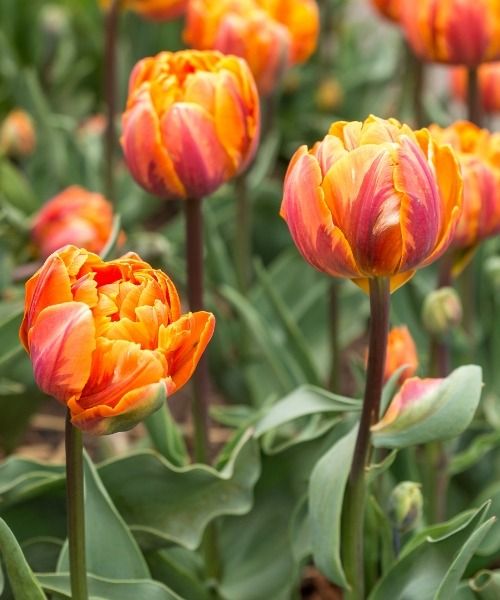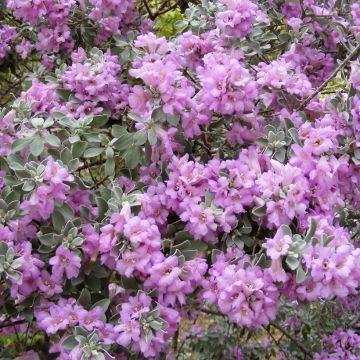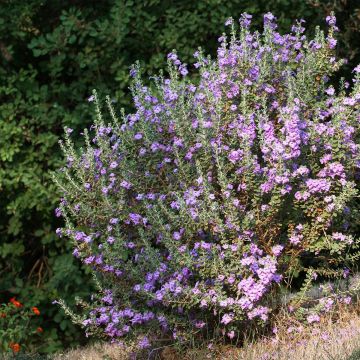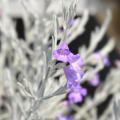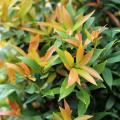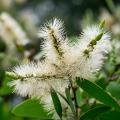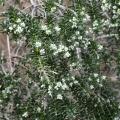Leucophyllum - Texas Sage
Would this plant suit my garden? Set up your Plantfit profile →
Available in 1 sizes
Available in 1 sizes
The Texas Sage, in Latin Leucophyllum, is not a sage, but a bush of the Scrophulariaceae family related to... Mulleins. The genus Leucophyllum has about fifteen species, among which Leucophyllum frutescens and L. langmanae are mainly planted in Mediterranean gardens or by the seaside. These plants, native to the semi-arid areas of the American West, are adapted to harsh conditions. The Texas Sage, with its nectar-producing flowers, usually blooms in late summer, after the rains return. It is a bushy plant that does not exceed 1.5m (5ft) to 2m (7ft) in height. It displays a dense, evergreen foliage, with shades of grey. In addition to the Leucophyllum frutescens type, with pink flowers and green-grey foliage, there are also a few varieties now available, such as 'Green Cloud', with blue-green foliage and pink flowering, or 'Compacta', with pink flowers that do not exceed 1.20m (4ft) in all directions, for example. The Texas Sage can withstand brief frosts of around -12°C (10.4°F) in well-drained soil and requires a fairly hot summer to flower well. This beautiful plant is perfect for a Mediterranean garden without watering.
Haven't found what you were looking for?

































